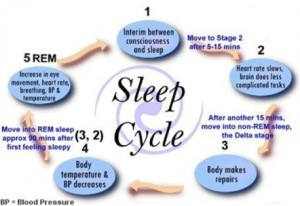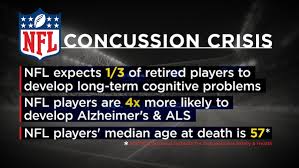No matter where you’re from, you know one. If you’re from the Himalayas it’s the Yeti. If you’re from Scotland, it’s Nessie. If you’re from Mexico, it’s the Chupacabra. If you’re from America, it’s Sasquatch. If you’re from New Jersey, it’s the Jersey Devil. If you’re a sea goer, it’s the Kraken. If you’re on drugs, it’s the Unicorn. No matter where you go, every place seems to have it’s own mythical creature. Whether they are real or not we may never actually know, but my question is; why do we care so much?
According to a survey by Joseph E Uscinski and Joseph M Parent of the University of Miami, about a third of Americans believe the conspiracy that Obama’s birth certificate is a fake. About as many people believe 9/11 was an inside job by the Bush administration. I’m sure many of you reading this probably believe in one of these as well.
The thought that the only people that believe these, as well, are only grown up white men living in their mom’s basement turned out to also be false. Uscinski and Parent found that age, gender, race, income, educational level, or political affiliation had no affect on the results. However, each group did not believe each conspiracy equally. For example, left-wing liberals were more likely to believe media outlet and political parties are pawns of rich corporations and right-wing conservatives are likely to believe the same of academics and liberal elites.
One of the craziest conspiracies I have ever heard of was one created by David Icke a British conspiracy theorist. It states that reptilian overlords who control the world’s leaders rule the world. Icke has stated people such as George W. Bush and Queen Elizabeth II are both of this reptilian species from the galaxy Alpha Draconis. In 2013, Public Policy Polling ran a poll that found that 4% of registered voters, or 2.8% of Americans, believed in Icke’s ideas. At first this may sound like a small percent, but when taking in the amount of people that live in the U.S., this is about 12, 756,000 Americans believe in Icke’s idea. That is an absurd amount of people for such a ludicrous conspiracy theory.
As for why people believe in these theories, Jan-Willem Prooijen believes it may have something to do with control. Prooijen set up a study of 119 people, 39 men and 80 women. The study was a pencil and paper task, and involved participants being asked to describe a situation in which they had complete control over a situation, or a situation in which they had no control over. The baseline situation was asking the participants what they had eaten for dinner the previous night. Obviously here, the null hypothesis is that control would have no affect on the person’s belief in conspiracies, and the alternative hypothesis is that less control will create more of a tendency to believe in them. After this was finished, participants were asked to read a story about the North-south Amsterdam metro line. After reading the fact-based article, participants were asked to rate on a scale from “strongly disagree” to “strongly agree” what they felt about conspiracies toward the situation on the North-south metro. The results of the study found that those with the least control were more likely than those with high control to believe the conspiracies. The neutral situation also leaned toward believing conspiracies more than the high control group.
I know this study was a relatively small one, but I believe it was a big step in the direction of learning why people believe in myths and conspiracies, considering it were the first one of the sort. The test also didn’t exactly give people a situation where they had low control or high control; it just asked them to recall a situation of the sort. This leaves a large room for chance to be the reasoning for the outcome.
Either way, being from New Jersey, I will still always think the Jersey Devil is real.
Sources:
http://onlinelibrary.wiley.com/doi/10.1002/acp.3161/full
https://en.wikipedia.org/wiki/Reptilians
http://www.scientificamerican.com/article/why-do-people-believe-in-conspiracy-theories/


















